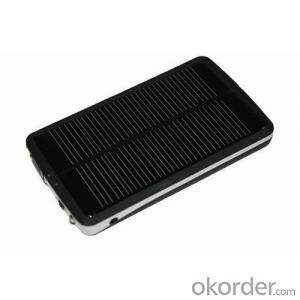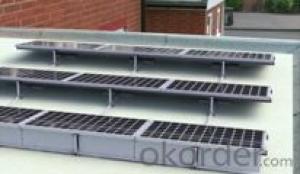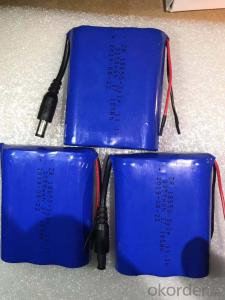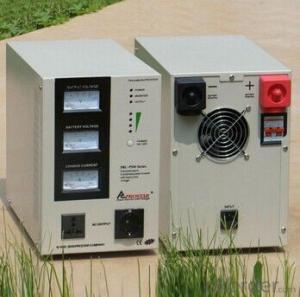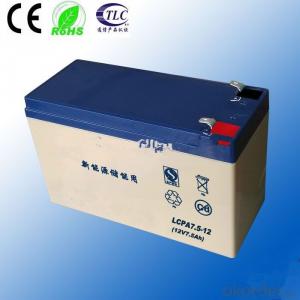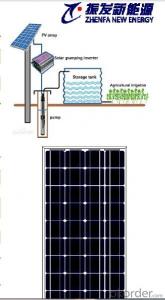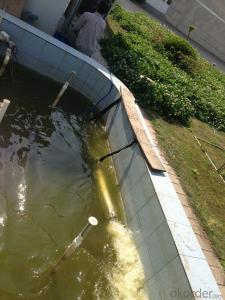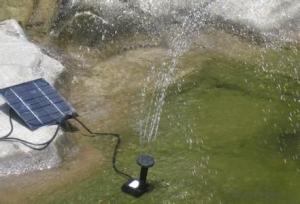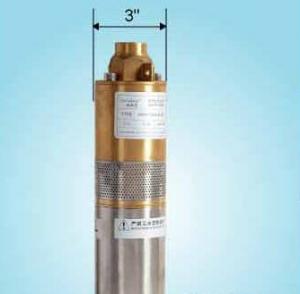Best Solar Battery Inverter
Best Solar Battery Inverter Related Searches
Best Solar Inverter Best Solar Power Inverter The Best Solar Inverter Best Solar Inverter Battery Best Inverter Solar Best Inverter For Solar Solar Best Inverter Solar Inverter Best Best Solar Panel Inverter Best Inverter For Solar System Which Solar Inverter Is Best World Best Solar Inverter Best Solar Inverter Charger Best Solar Inverter Generator Best Solar Inverter For Home Best Solar Hybrid Inverter Best Home Solar Inverter Best Solar Pump Inverter Best Inverter For Solar Panels Best Inverter Solar System Best Inverter Solar Panel Best Hybrid Solar Inverter Best Solar Inverter Brands Top Solar Inverter Best Solar Inverter 2022 Best Solar Inverter 2019 Solar Battery Inverter Best 12v Solar Inverter Best Solar Micro Inverter Most Reliable Solar InverterBest Solar Battery Inverter Supplier & Manufacturer from China
The Best Solar Battery Inverter is a high-quality product designed to optimize the performance of solar energy systems by converting the generated DC power into usable AC power. This efficient device is essential for ensuring that solar panels effectively supply power to homes, businesses, and other establishments, making it a crucial component in the renewable energy industry. The Best Solar Battery Inverter is widely used in various applications, such as residential rooftop solar systems, commercial solar installations, and off-grid solar power solutions. Its versatility and reliability make it a popular choice among solar energy enthusiasts and professionals alike.Okorder.com is a leading wholesale supplier of the Best Solar Battery Inverter, offering a vast inventory of this essential product to cater to the growing demand for solar energy solutions. As a reputable supplier, Okorder.com ensures that customers receive the highest quality Best Solar Battery Inverters at competitive prices, making it an ideal choice for those looking to invest in sustainable energy solutions. With a commitment to excellence and customer satisfaction, Okorder.com continues to be a trusted source for the Best Solar Battery Inverter and other renewable energy products.
Hot Products

